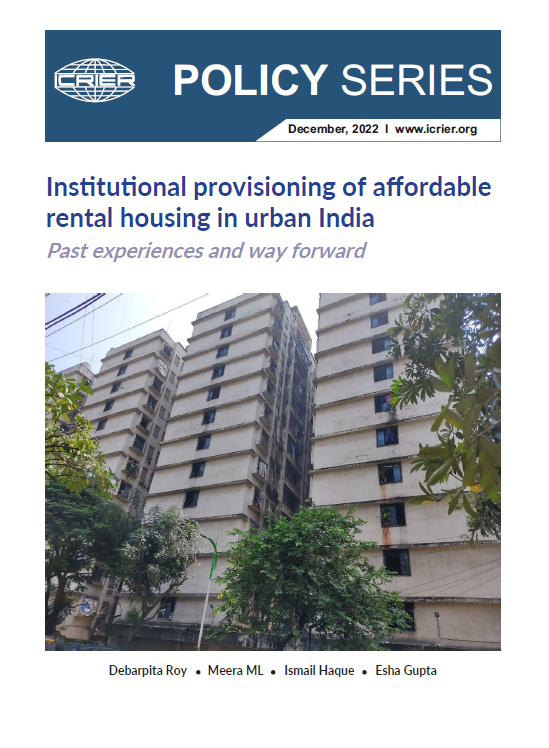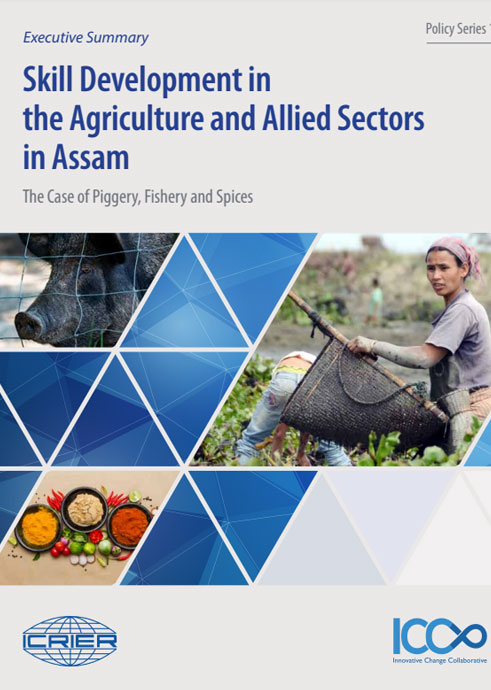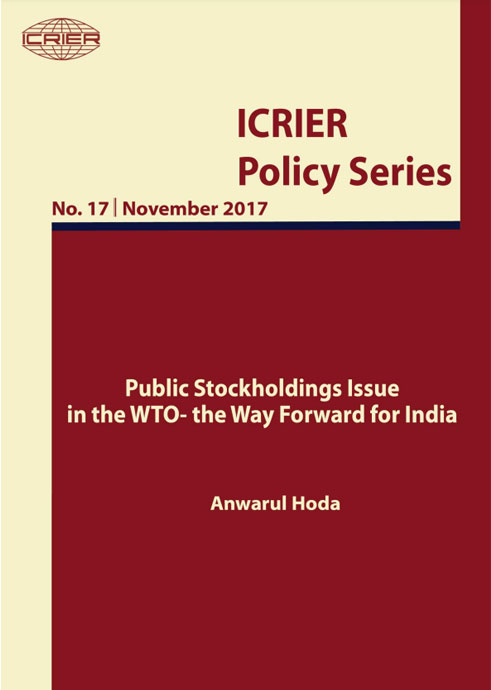
With the exception of pharmaceuticals, consumers in most cases are able to ex ante perceive the quality of goods. At the heart of this statement is the very peculiar nature of pharmaceuticals as credence goods – those whose quality can rarely be ascertained even ex post – resulting in inefficient outcomes for public health. Poor quality medicine due to intentional or negligent lapses in manufacturing may lead to grave consequences, including loss of confidence in health systems and consequent economic losses for the industry. The dynamic and complex nature of pharmaceuticals thus warrants quality assurance at all nodes of the pharmaceutical value chain. As such, effective regulation of these processes can largely ensure delivery of safe and high-quality medicines to the masses. With India being recognized as the pharmacy of the developing world, it is believed that there is need for a strict quality specification and enforcement within the country in the first place. There have been several reports where doubts have been raised regarding quality of medicines available in and from India. The present study attempts to address these issues, firstly, by bringing to fore the differences in the multiple definitions of poor quality medicines and theirvaried implications. Secondly, the aim is to critically analyze the existing views of diverse stakeholders and look at the best practices followed domestically and internationally, in order to suggest technical and institutional reforms for the
Indian regulatory regime and other relevant stakeholders that affect drug quality, directly or indirectly




